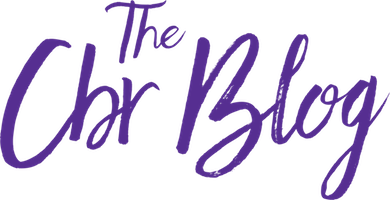The Keck Medical Center of the University of Southern California is one of six sites in the U.S. examining the effectiveness of stem cells* on spinal cord injury patients.1 One of their first trial patients was Kristopher (Kris) Boesen, 21, the victim of a serious car accident that left him paralyzed from the neck down. He damaged his cervical spine, the upper part of the spinal cord that controls the head and helps blood flow to the brain.2 Kris’ parents, Rodney and Annette, were warned that Kris might be permanently paralyzed, severely affecting his quality of life. Fortunately, they also found out he might be eligible for an experimental stem cell therapy that could help.1
About The Study
Sponsored by Asterias Biotherapeutics, the multi-center clinical trial, known as SCiSTAR, is testing the safety and effectiveness of escalating doses of AST-OPC1 cells, and how they may help restore movement in spinal cord injury patients. The AST-OPC1 cells are derived from embryonic stem cells and are converted into specialized brain and spinal cord cells whose job is to help nerves function in a healthy way.1
Results At Two Weeks: Upper Body Motor Function
After an intense five-day regimen of respiratory rehab, Kris was able to wean off of assisted breathing (a process that usually takes three weeks), and give verbal consent to participate in the study. After a week of tests, Kris was approved as a study participant. In early April, Dr. Liu’s surgical team at USC’s Keck Medical Center carefully injected 10 million AST-OPC1 cells directly into Kris’ cervical spine.1 Kris started to show improvement just two weeks post-surgery. At six weeks, he was discharged to continue rehab, and at the three month mark, both of his arms and hands had improved sensation and movement that enabled him to feed himself, use a cell phone, operate a motorized wheelchair and even hug friends and family – all things that make it easier for Kris to care for himself.
“As of 90 days post-treatment, Kris has gained significant improvement in his motor function, up to two spinal cord levels. In Kris’ case, two spinal cord levels means the difference between using your hands to brush your teeth, operate a computer or do other things you wouldn’t otherwise be able to do, so having this level of functional independence cannot be overstated.” – Charles Liu, MD, PhD
While scientists are cautious about what the future may hold for Kris, including whether he will have the ability to use his legs again, Kris is optimistic:
“All I wanted was a fighting chance. If there’s a chance for me to walk again, then heck yeah, I want to do anything possible to do that.” – Kristopher Boesen, SCiSTAR Study Participant
Although this is an early experimental study, Kris’ story is just one example of how stem cells and regenerative medicine are being explored for their potential to improve thousands of lives impacted by spinal cord injuries – and could pave the way for more studies on the effectiveness of stem cells on these types of injuries. To qualify for the clinical trial, participants must be between 18 and 69, and their condition must be stable enough to receive an injection of AST-OPC1 between the 14th and 30th day post-injury.1
*Disclaimer: The AST-OPC1 cells used in this study were embryonic stem cell derived neural progenitor cells, not newborn stem cells.
Sources:
- “Experimental stem cell therapy helps paralyzed man regain use of arms and hands.” HSC News, USC University of Southern California. September 9, 2016. Web. Accessed: October 9, 2016.
- Paul J. Slosar, MD. “Cervical Spine Anatomy and Neck Pain.” Spinehealth.com, Vertiashealth.com, October 1, 2009, updated August 19, 2016. Web. Accessed: October 9, 2016. http://www.spine-health.com/conditions/spine-anatomy/cervical-spine-anatomy-and-neck-pain


